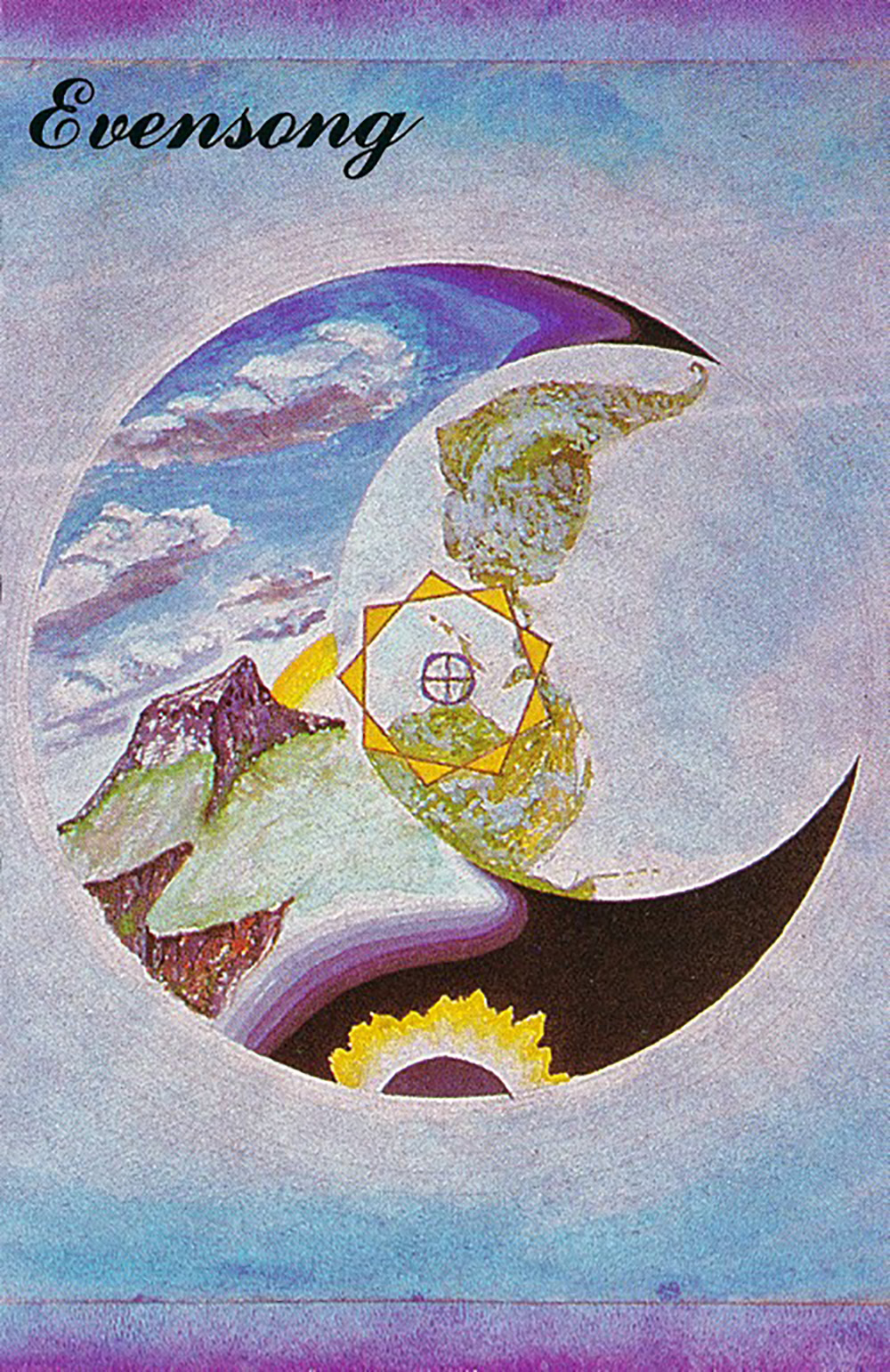Re: Music for the Mind
151Wenn einem die Scheiße bis zum Hals steht, sollte man den Kopf nicht hängen lassen

Tell me what I could give
for what you have.
Well I'm not feeling yet
quite so bad.
I'm not getting half
for what I've earned.
Thought that we were set, but now I,
I've learned.
Tell me what's on your mind.
Tell me what's on your mind.
Tell me what's on your mind,
cause I can't find it.
All my problems (yeah)
they stem from you.
Not much I expected you to do.
I'm not feeling quite the way I should.
Once I was upset, now I feel,
feel good.
Tell me what's on your mind.
Tell me what's on your mind.
Tell me what's on your mind,
cause I can't find it.
All my time I gave to you,
all those trials that we've been through.
Love like yours will have to wait,
not my style to hesitate.
I'm not saying that I tried
hard enough to gain my stride.
All I have to say to you is
anything you want me to
so:
Tell me what's on your mind.
Tell me what's on your mind.
Tell me what's on your mind,
cause I can't find it.
ist das, was sie am besten könnenaisling hat geschrieben:alten Helden schrauben mal wieder an den Knöppen
ACID is MUSIC not only DRUGSOriginal UK Techno Don/ Acid Techno pioneer/ TB-303 Lord Mike Dred (Machine Codes/ Rephlex/ R&S/ Diatomyc/ Analog/ Beta Bodega etc.) follows up 2011’s ultra limited private press ‘Analogue Android’ 2LP and the (currently) digital only genius ‘Lunatic Sound Designer (LSD)’ album with the storming ‘Overmind’, his fourth full length as The Kosmik Kommando.
The album consists of eight blazing cuts referencing Timothy Leary’s “Eight-Circuit Model of Consciousness”. Where Leary’s work relied on experimentation with chemicals to explore these zones, Dred’s tools are voltage, electrical energy converted into sound via his machines. Drugs and rave culture are intrinsically intertwined and nobody can deny that drugs can be a catalyst to reaching higher states of consciousness but Mike has proved time and time again across his vast catalogue that one can reach these states purely through sound. As he once succinctly put it “It’s a state of mind”.
In 1973, the Brooklyn Museum hosted a comprehensive collection of sculptures by the Dogon of the Republic of Mali, a tribe whose religion is based in reveries and recollections of a visit from an extraterrestrial species they named Nommos. Years after experiencing the exhibit, Leon remained fascinated by the idea of alien visitors sharing not just stories of their home-planet, but musical traditions as well. For the classically trained Leon, a puzzle was presented and a challenge in place: what would music sound like if handed down from an ancient alien species? And how best to imagine it?
Upon meeting Fahey in the late 70s, Leon pitched the concept as an opportune time to employ the latest and greatest synthesizer technology available. An avant empathist and eternally free spirit, Fahey enthusiastically green-lighted the project for his Takoma imprint. After a secluded week in an Austin, Texas studio with his partner, wife and collaborator Cassell Webb, Leon returned with a collection of incorporeal melodies generated by the Oberheim OB-X, Roland JP-4 and Arp 2600 synthesizers propelled by primitive rhythms programmed on a prototype of Roger Linn’s nascent drum-machine, the LM-1.
Issued by Fahey with zero expectation of the same radio airplay Leon accomplished with his pop productions, Nommos now stands as an innovative example of cosmic-synth composition that wasn’t made for its time or any other.
Mitglieder in diesem Forum: 0 Mitglieder und 1 Gast